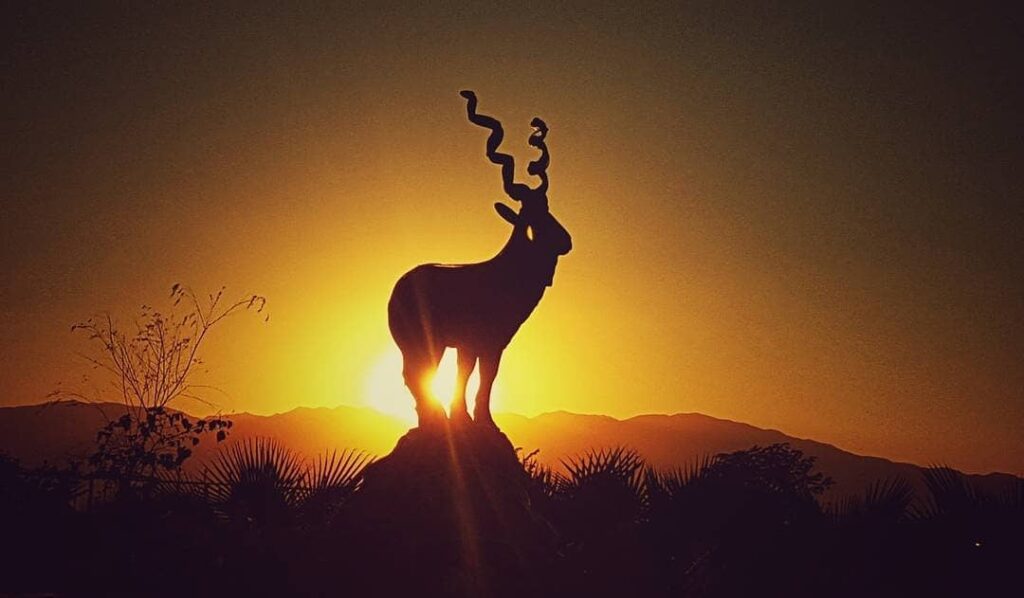
The name “Markhor” is a combination of two Persian and Pashto words. “Mar” means snake and “khor” means eater. It is also known as the screw-horned goat or called ‘Shakhawat’. It is a species of large, wild goat of Bovidae family. There are also five subspecies exist.
Endangered Magestic Markhor locally found throughout the mountains from Kashmir and Turkistan to Afghanistan.Due to uncontrolled hunt by people, there number are greatly reduced. They have hairy skin and stands about 95–102 cm (37–40 inches) at the shoulder and length about 132cm 16cm (52in – 73in). In summer, its coat is reddish brown and long, gray, and silky in winter. The male has a heavy fringe throughout its throat and chest.
There lifespan is 10-13 years and weigh up to 32kg – 110kg (71IBs – 240IBs) and they run on speed of 10mph.
Different Species of Markhor:
Flare-horned markhor (C. f. falconeri) are found in Afghanistan, Pakistan, and India. The straight-horned markhor (C. f. megaceros) lives in Afghanistan and Pakistan; and the Bukharan markhor (C. f. heptneri) is present in Afghanistan, Tajikistan, Uzbekistan and Turkmenistan.
All subspecies are consider as critically endangered.
Also See: Giant Pandas: “Not Endangered” but “Vulnerable” to extinction
They are incredible in there characteristics. They can jump over cliffs of mountains and even climb over oak trees for their feed.
Unfortunately, they are under the threat of extinction mainly in Pakistan due to excessive hunting. Threats include habitat loss, overhunting for meat and trophies, increasing competition from domestic goats and sheep, and disease outbreaks from the intense contact with livestock.
The subspecies flare-horned markhor (C. f. falconeri) is found in Gilgit-Baltistan Province of Pakistan, is under great threat of being extinct. There populations dramatically decline by half between 1970 and 2000 within a 30-year period.

Role of the Gilgit-Baltistan WD in Conservation
Following are the measures to maintain healthy populations of wildlife species and management, the department focuses on scientific approaches.
- Implementation and enforcement of the NWFP Wildlife (Protection, Preservation, Conservation and Management) should extend over the entire Province except Federally Administered Tribal Areas.
- Controlling and regulating trophy hunting. It includes prescribing hunting seasons and days, methods of hunting, place of hunting, etc.
- Controlling /regulating possession, trade, import, and export of markhor and other wildlife species.
- Protecting and conserving markhor and its habitats in Wildlife Sanctuaries, National Parks, and other protected areas.
- Conducting surveys to determine distribution, status, and population trends of markhor.
- Identifying, notifying, and managing protected areas such as National Parks, Wildlife Parks, Wildlife Sanctuaries, Refuges, and Reserves for the conservation of markhor and other wildlife species.
- Introduce breeding programs for markhor to maintain and improve its degraded habitat.
- Conducting management-oriented research.
- To create awareness about protection and conservation about them.
- Seeking financial assistance from donor agencies for their adoption and preservence.
- Identifying and analyzing issues that affect conservation of biodiversity.
- Monitoring the success of conservation projects for their conservation.
- Training and assisting community representatives.
